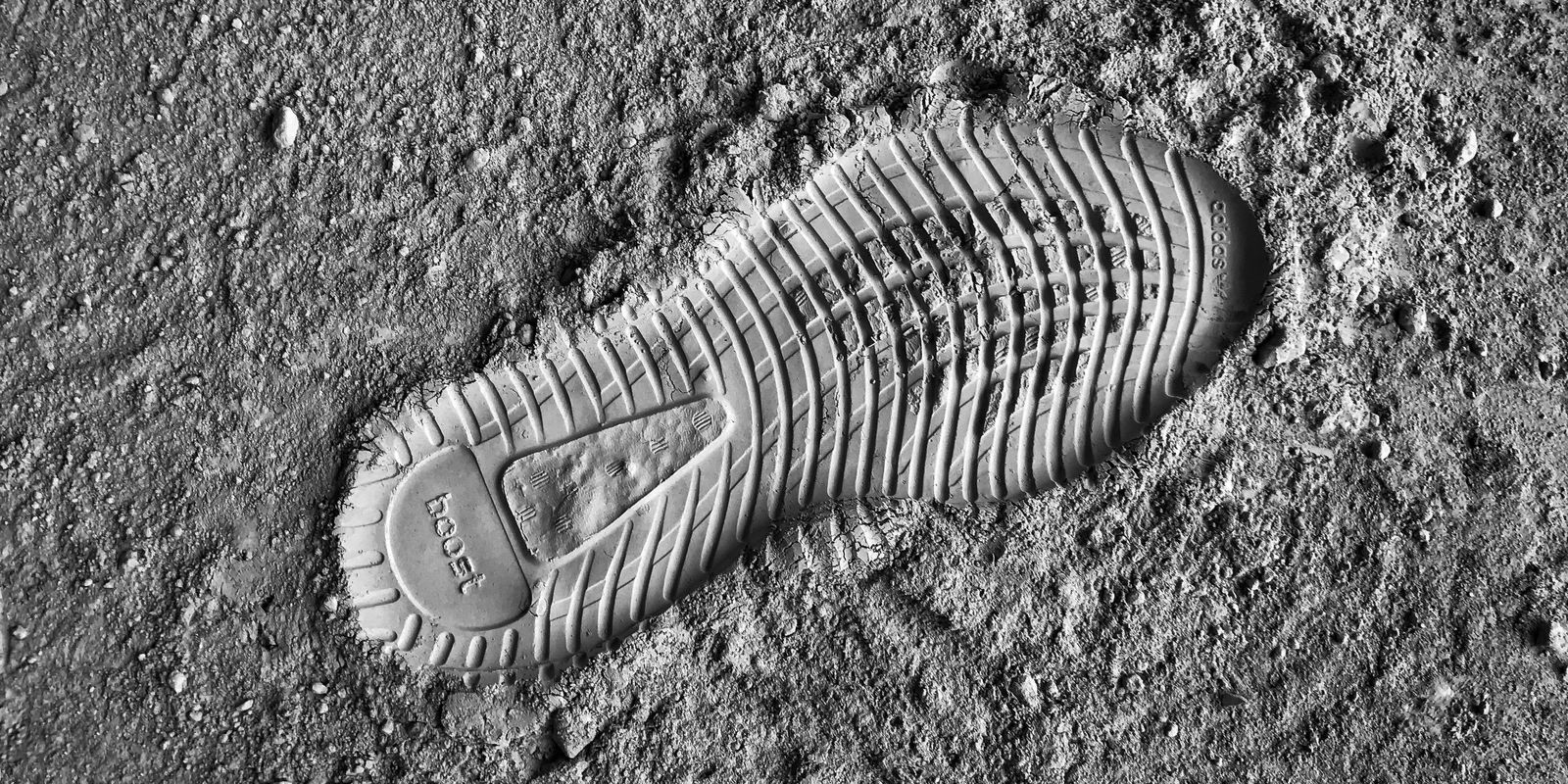According to the Swiss Federal Office for the Environment, the average annual temperature in Switzerland has risen by 2 degrees Celsius since measurements began in 1864 – this is around twice as high as the global average. That’s a good reason to start thinking about your own personal carbon footprint. After all, CO2 – carbon dioxide – is considered one of the most main gases involved in amplifying the greenhouse effect and intensifying climate change. According to the WWF, it accounts for around two thirds of global warming. This is why the term “carbon footprint” is used in this context.
How is CO2 produced?
CO2 occurs naturally in the atmosphere and is also produced when we breathe, for example. It becomes problematic when large amounts of it are released, especially through the combustion of fossil fuels such as coal, oil, natural gas, petrol, diesel and kerosene. Large quantities of CO2 are produced in industry, power generation, heating, transport and traffic, for example. Agriculture and waste incineration also generate greenhouse gases. Slash-and-burn farming is another major problem: trees have a key role to play in storing carbon dioxide, and this is released again when they are burned. According to the German climate protection company Arktik, global CO2 emissions increased by 80% between 1970 and 2004.
What is a carbon footprint?
A carbon footprint is a measure of how much carbon dioxide is produced by a specific product, or by certain activities, events or services. You can calculate the impact of buying avocados from Israel, your holiday in Egypt or the production of your leather jacket, for example. You can also roughly calculate how much of a greenhouse gas footprint your lifestyle leaves – your living situation, your heating, your consumer behaviour, your mobility.
In some cases this can be quite alarming: after all, a correctly calculated carbon footprint always takes into account the carbon dioxide emissions of the entire value chain of a product – including the extraction and transport of raw materials, production, transport, storage, use and disposal. The calculation also reveals the sheer complexity involved. For example, the carbon footprint of an apple that was imported from New Zealand but sold quickly may in fact be better than that of a locally produced apple that was kept in cold storage for months after harvesting.

How can I calculate my carbon footprint?
There are various online providers that offer CO2 calculators. The WWF guides you through a questionnaire on nutrition, mobility, heating, electricity and consumption, for example (https://footprint.wwf.org.uk). This calculates for you how many tonnes of CO2 you emit per year and how much that is as compared to the Swiss average. You can also download a detailed version of the analysis as a PDF file. Tips on how to save CO2 are also provided.
What can I do to save CO2?
There are many ways you can reduce your CO2 emissions: you can certainly change your heating type and intensity, your electricity consumption, your mobility habits, your diet, the way you consume and your travel habits if you wish. We summarise the best tips for you here.
Is it possible to offset a carbon footprint?
If you can’t actually reduce the levels of CO2 you cause, there’s something else you can do instead: “offset” your carbon footprint. This does not undo the emissions, of course. But the money you pay is used to support climate protection projects or promote renewable energies and reforestation initiatives, for example. In other words, greenhouse gases are reduced elsewhere in the world, with the intention of “neutralising” the damage caused to some extent. Swiss providers include www.myclimate.org und www.swissclimate.ch.
